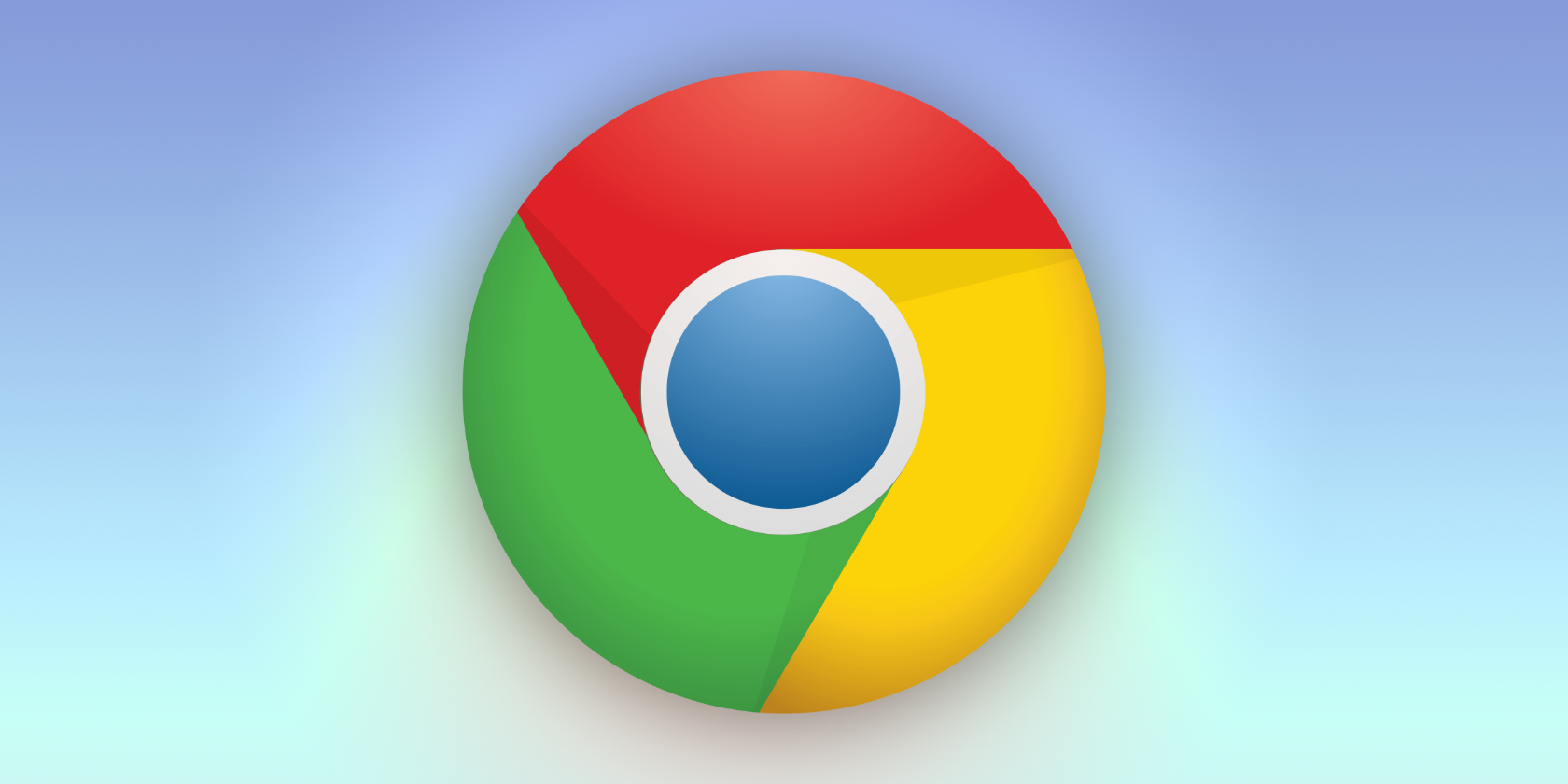

Select a process or app that’s running that you don’t need, double-click on it, and then click Quit.Select CPU and browse towards the top of the list.Open Finder > Applications > Utilities > Activity Monitor.You can check for resource hogs using Activity Monitor: By using AdBlock One, you may be able to reduce some of the load on your CPU.Īs mentioned, Chrome uses up a lot of your computer’s resources, but there are likely numerous other apps and processes that are quietly running in the background on your computer, using up lots of its resources. You can either choose to go with an ad-blocking extension or an antivirus app that supports ad-blocking.ĪdBlock One can block ads automatically, which can help keep you safe and improve your browsing experience.

Therefore, it is recommended to use a reliable ad blocker to stop this from happening. Some advertisements can negatively affect the performance of your computer. You have the option of totally removing them or toggling them off.

It’s a good idea to go through your installed extensions and delete any that you no longer need. You might have a lot more Chrome extensions installed than you realize, which can be taxing for your CPU.

When a plug-in connects to an external service, Google Chrome Helper launches a process. If you were to run into this issue and start Activity Monitor to try to see what’s going on, you’ll find a lot of entries named Google Chrome Helper. It could be argued that Chrome’s most serious flaw is its habit of using up lots of memory, and its tendency to slow down your computer as a result. However, it has recently been generating issues, particularly for Mac users. Google Chrome Helper acts as a bridge between Chrome and any installed plug-ins, making them work. With so many features and plug-ins available, Chrome makes browsing the web easier. Google Chrome is the most popular web browser in the world.


 0 kommentar(er)
0 kommentar(er)
